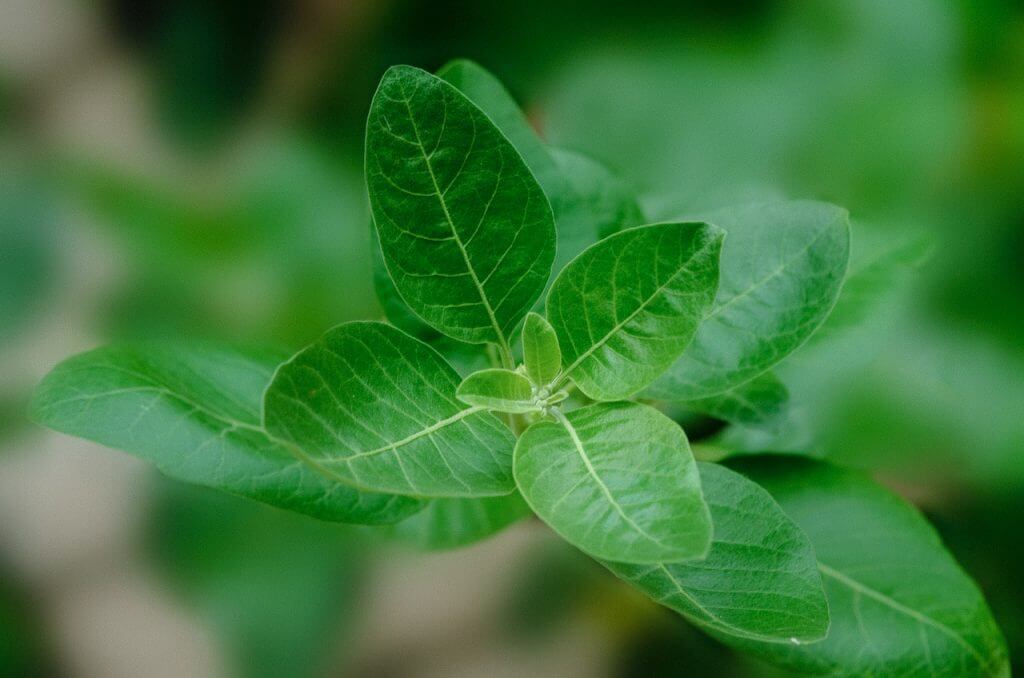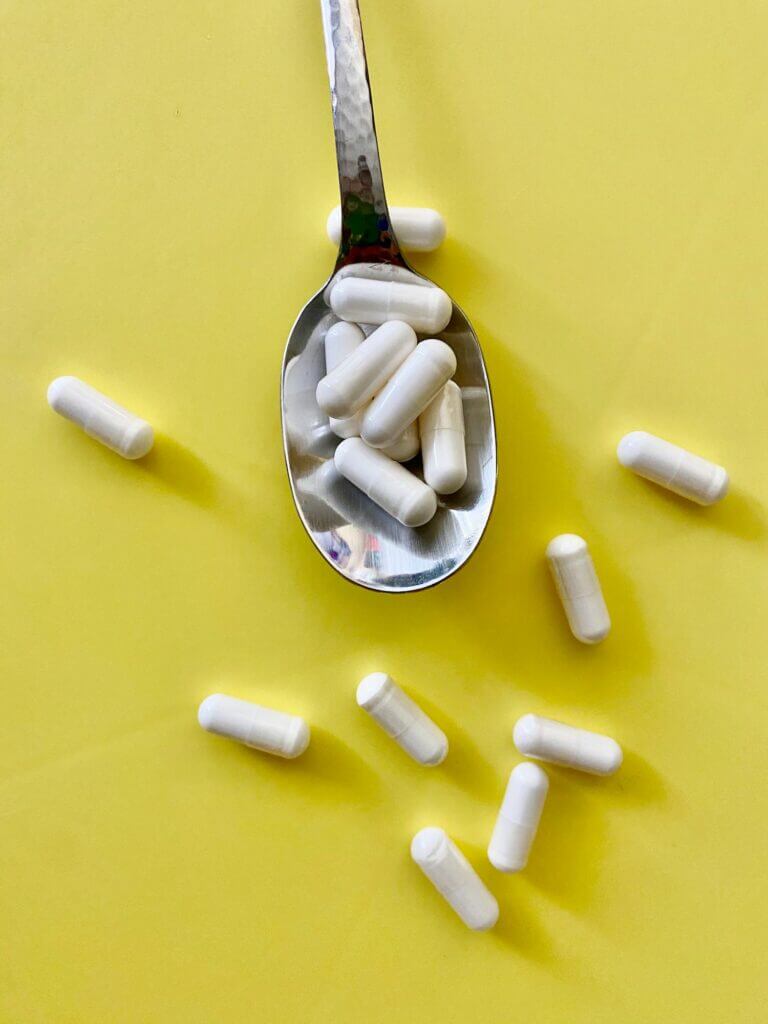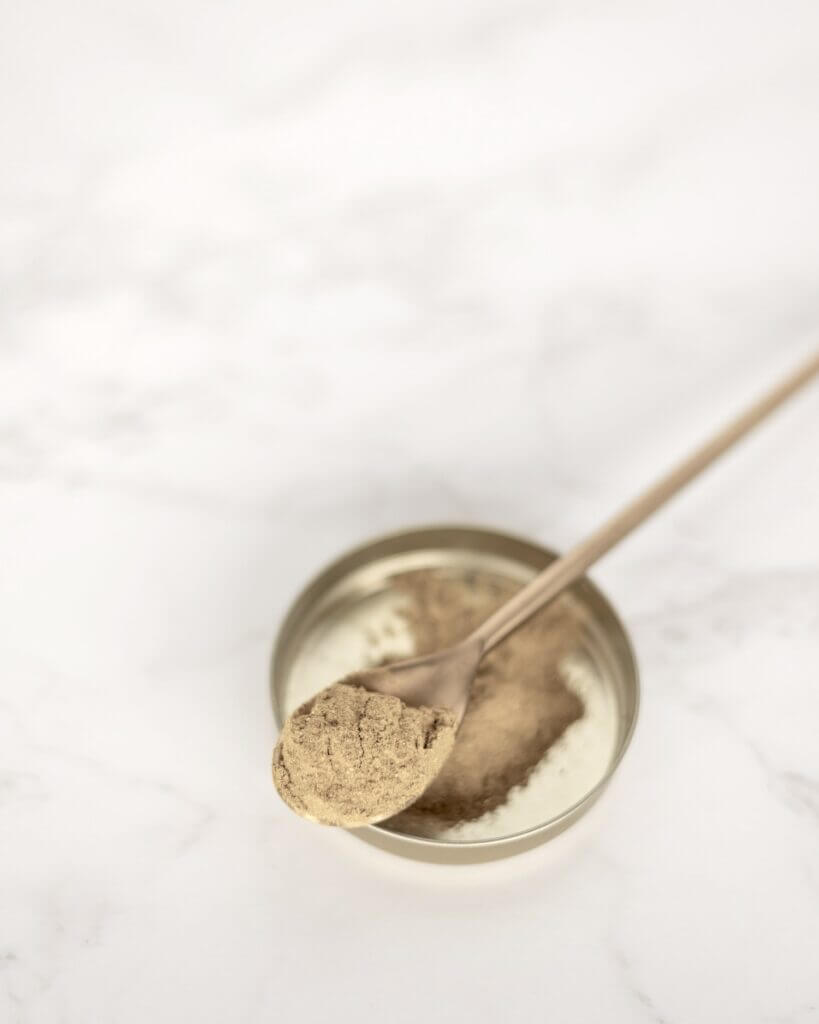29 Apr 2021
How to take ashwagandha
A recap on ashwagandha
If you’re reading this article, you’re probably already familiar with ashwagandha. However, for those of you still on the fence about incorporating it into your routine, here’s a quick recap of its benefits. (You can find more detailed information in our article about the health benefits of ashwagandha.)
The first thing to mention is that ashwagandha is an adaptogen. These are special plants - usually herbs or mushrooms - which have the amazing ability of adapting to what your body needs at the time.
This might sound a bit too good to be true, but it actually has parallels with the way our own bodies work.
Modulating your systems
To function properly, we need to maintain a consistent environment for our bodily processes. This includes keeping our body temperature and hydration levels stable, among many other factors. This is called homeostasis.
Your body acts to modulate any changes in your body. So, if you become too warm, you sweat in order to cool yourself down and return to a normal temperature. Likewise, if you're cold, you shiver to warm yourself up.
Adaptogens also modulate your body’s systems, but their work is focused on your stress response. They work to bring you back to a place of stability.
So, if you’re feeling really stressed out, they can help to calm you back down to your normal levels. On the other hand, if you’re feeling lethargic and lacklustre, they can help to reinvigorate and energise you.
Of course, all adaptogens have slightly different strengths, so let’s take a look at ashwagandha in particular.

Ashwagandha’s unique benefits
Like all adaptogens, ashwagandha targets your stress response. However its fans have noticed that it is particularly good at calming you down if you’re feeling emotionally stressed.
There is even some evidence that it can help with clinical anxiety. In a survey of 75 people with anxiety, the group taking ashwagandha had a decrease in anxiety symptoms of around 56.5%, significantly more than the control group.(1)
There’s also some evidence that it can help you get a good night’s sleep (and more on that below!) and may even be able to help with depression.(2)(3)
In fact, dealing with unbalanced mood and poor sleep are two of the main reasons people choose to take ashwagandha.
What’s more, it may help tackle inflammation and have benefits for your brain and heart as well.(4)(5)(6)
All good reasons to give this special herb a try. So, now you’ve decided it’s right for you, let’s look at all the different ways to take it.
How to take ashwagandha
When it comes to taking ashwagandha, you have a few options. Generally speaking the most popular are tea, powder or capsules. It’s also available as an oil, although this is intended for external use so it doesn’t have the same benefits we’ve mentioned above.
So, which one is right for you?
The traditional method: ashwagandha tea
Tea is quite a controversial method to include in our list. Here, we’re talking about teas which contain ashwagandha or are marketed as 'ashwagandha teas'.
Be careful! Most brands on the market are using ashwagandha as what is called a ‘signal ingredient’. The amount of ashwagandha in the teabag is extremely small, and has more to do with marketing than health benefits.
Some teas, for example, contain around 1-5% ashwagandha. Once brewed in a tea, the amount you’re drinking is really too small to have any health effect.
The same goes for blended drinks and powders “with ashwagandha” which are designed to be drunk at night before bed.
While the simple act of setting some time aside to have a warm, relaxing drink before bed works wonders for many of us, the truth is that any relaxing benefits probably won’t be coming from the ashwagandha.
Check the ingredients list to be sure of how much ashwagandha is actually included.
When making ashwagandha brews at home, you will find that most recipes call for ashwagandha powder. More on that below.

The modern method: ashwagandha capsules
In our modern world, supplement capsules are often seen as something of a ‘cure-all’ when it comes to the stresses and strains of daily life.
And for some people they can be a helpful and convenient addition.
There are a few things to watch out for if you’re interested in taking ashwagandha in a capsule.
The first thing to mention is that, if you’re following Ayurvedic wisdom, you should note that traditionally ashwagandha is taken as a whole food powder. According to Ayurveda, ashwagandha taken in warm water helps digestion, for example, but we don’t know if ashwagandha capsules have this effect.
If Ayurvedic tradition is part of the reason you want to try ashwagandha, you may be better off following the traditional method of taking it.
Choosing a capsule
If you choose to continue with capsules, make sure you’re sourcing them from a reputable, organic supplier. By definition, hiding a product away in a capsule (often with a long and cloudy supply chain) means that transparency can be an issue. You can mitigate the risk by sourcing from a trusted supplier.
You should also consider whether taking a supplement fits in with your lifestyle. For example, the material used to make the capsule itself varies from product to product.
Some are suitable for vegans, while others are made using animal products. It may not be clearly stated on the label, so make sure you check the back of the pack before you buy.
What’s inside your capsule?
It might seem like the easiest route to simply take a capsule once a day, but to make sure you’re getting good results, you need to do a bit of research.
What dosage of ashwagandha is included in your capsule? This varies hugely between different products, so make sure you check the amount, which must be displayed in milligrams or grams on the back of the pack.
Next, ask: is it organic? Has it been heavily processed or ‘standardised’? (Many extracts and ashwagandha products are standardised to ensure a consistent amount of bioactive components in each product, but it involves a lot of processing and blending of different ashwagandha plants.)
Is there anything else in your capsule, such as additional fillers, binders or starch?
Finally, make sure you look at the percentage of withanolides. These are the bioactive plant steroids found naturally in ashwagandha which are thought to be responsible for a lot of its health benefits. Again, this varies a lot from product to product.
Related reading
